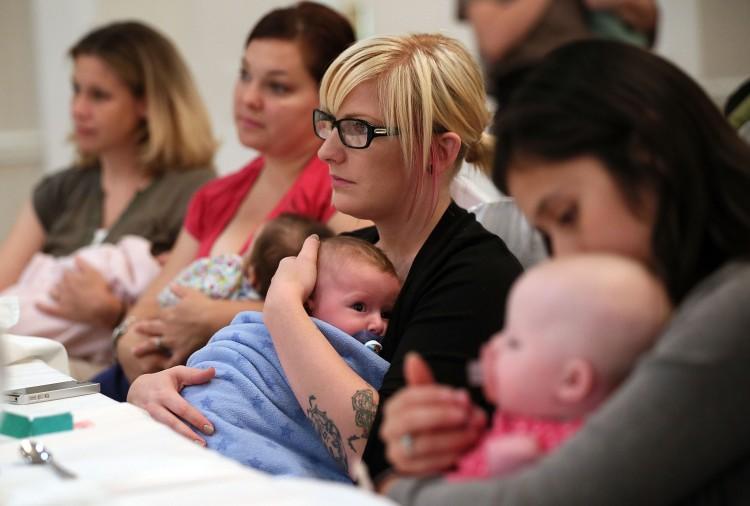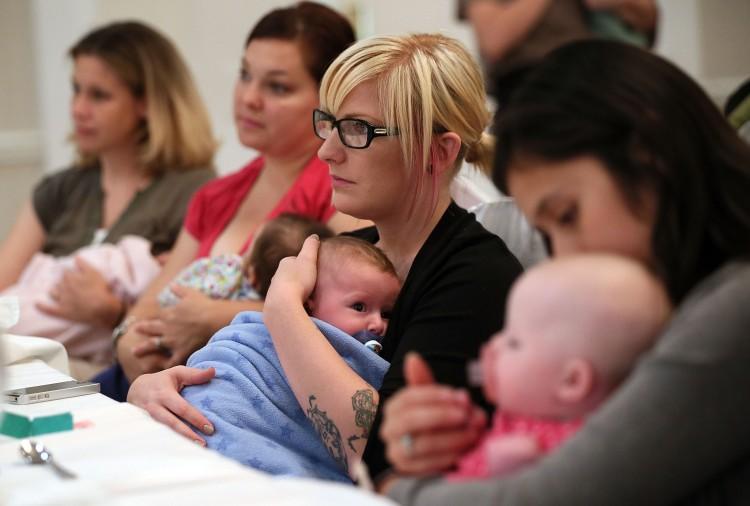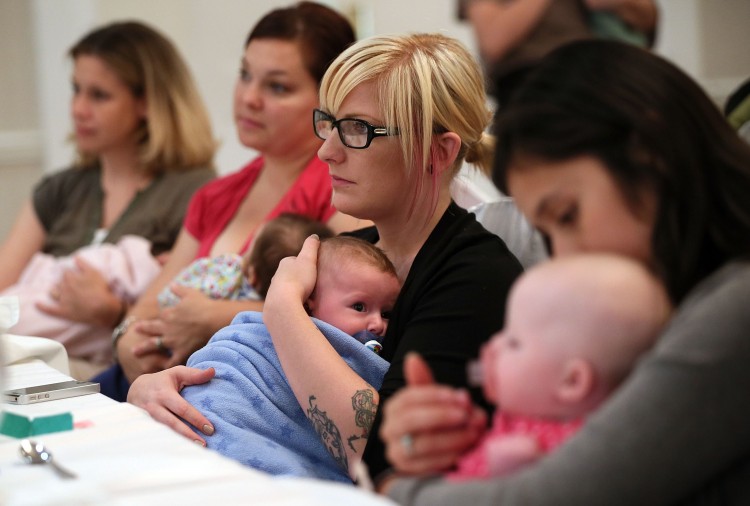In some parts of America, infants have as much chance of dying before their first birthdays as they do in less developed countries, according to the Centers for Disease Control (CDC). The top cause of infant mortality is simply being born too soon.
How to give babies a better start is not completely obvious, but healthy mothers are more likely to have healthy, full-term babies, according to the CDC.
However, researchers and funders do not agree on how to prevent premature birth and stillbirth, according to an article in the American Journal of Obstetrics and Gynecology.
Michael G. Gravett, M.D., scientific director of the Global Alliance to Prevent Prematurity and Stillbirth (GAPPS), an initiative of Seattle Children’s Hosptial, and Craig E. Rubens, M.D., Ph.D., executive director of GAPPS, co-authored the article, “A framework for strategic investments in research to reduce the global burden of preterm birth.”
The publication of the article is meant to coincide with World Prematurity Day on Nov. 17.
The authors wrote that funders do not understand where the field is going, and they therefore do not know what projects they should support. Even if all current interventions were applied, the infant death rate would only drop by less than 20 percent, they estimated. Better knowledge is crucial.
Gravett and Rubens want researchers, funders, doctors, the private sector, and nongovernmental organizations to “organize a set of grand challenges centered on pregnancy and childbirth that could yield a substantial improvement in the development and delivery of new and much more effective interventions, even in low-resource settings,” according to an announcement from Seattle Children’s.







